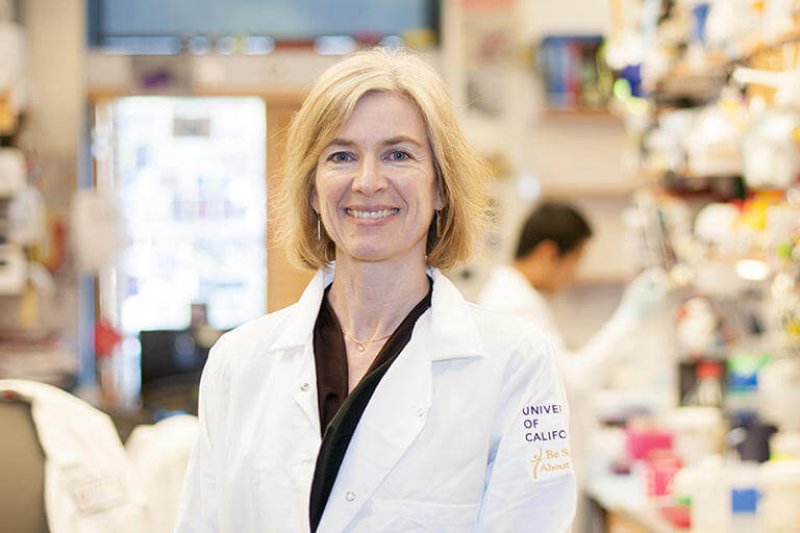It’s been 10 years since Crispr gene-editing pioneer Jennifer Doudna published the landmark paper that landed a Nobel Prize for her and colleague Emmanuelle Charpentier, and the researcher already sees advancement toward some of its loftier goals.
To some, the Crispr future has been disappointingly slow to develop. But scientists around the world are using the technology to develop potential cures for debilitating genetic conditions, create diagnostic tests, produce better crops and fight climate change.
And editing the genes of babies, a controversial practice Doudna was “horrified” by when a Chinese scientist revealed he’d changed the genomes of twin girls, may arrive within our lifetimes, she said.
The interview has been edited for clarity and length.
Q: “In our lifetimes, will we see Crispr-edited babies?”
A: “Over the next 25 years, it’s entirely possible. When I think about 25 years ago and how much progress has been made, that’s extraordinary. I don’t imagine things are going to be slowing down from here, then it’s probably a very real possibility.”
In an email following the interview, Doudna said she is “not advocating for human germline editing, simply stating that it is likely to happen in the next 25 years given the direction of research and technology development.”































